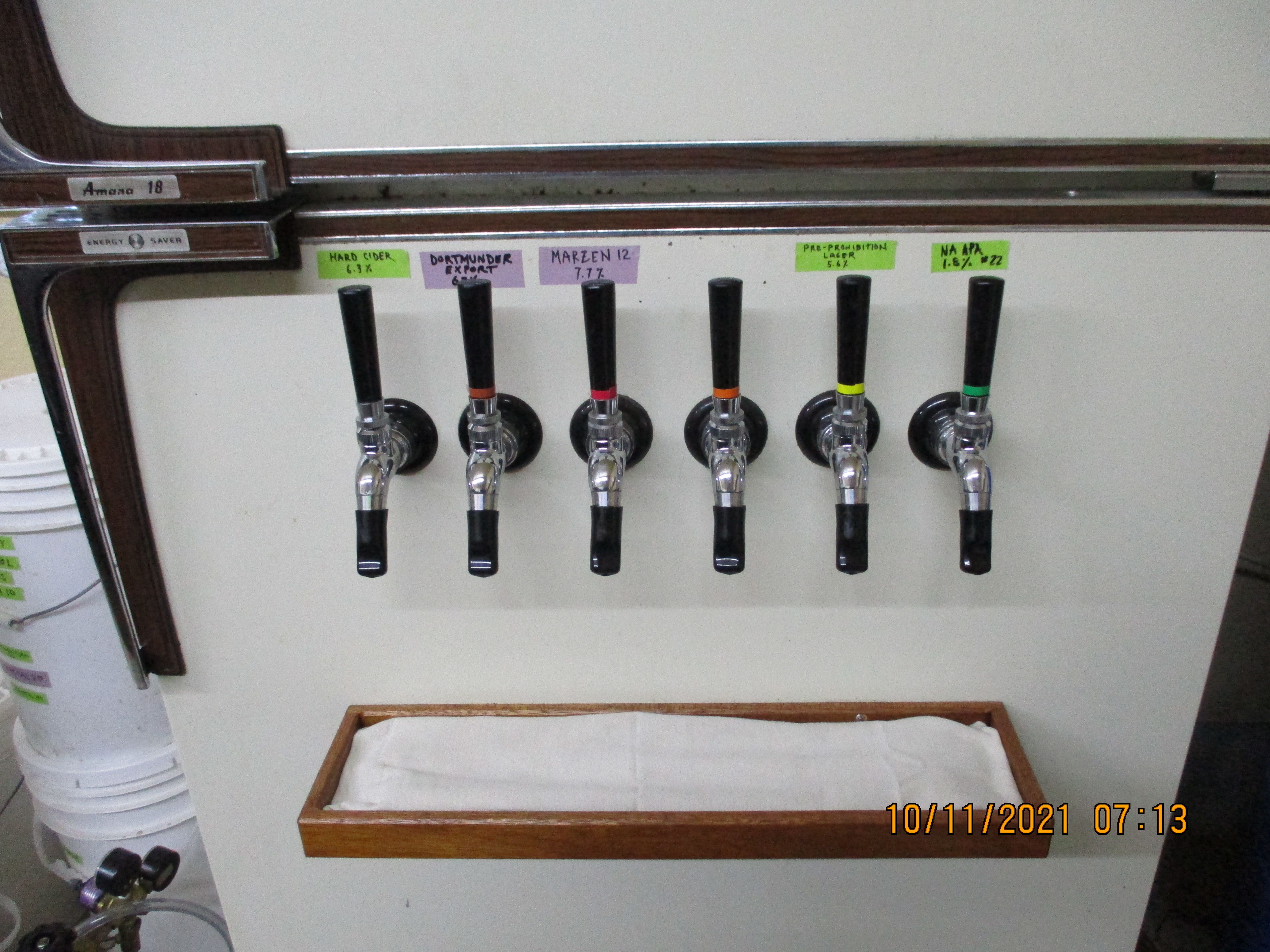Summa_Brewologica
Well-Known Member
- Joined
- Nov 11, 2020
- Messages
- 228
- Reaction score
- 98
So I have a fridge I’ve been using for my kegs in the basement. So far, the kegs have just been in the fridge with one picnic tap between them. The most I have had, so far, is two kegs at a time in the fridge.
I got wife approval to convert it to a kegerator. It’s a side by side fridge with the freezer on one side and fridge on the other. If I kept the co2 tank outside the fridge I could fit four, 5-gallon kegs in at a time.
My issue is OCD in nature. I will be starting with one tap since I only have one beer fermenting right now. I am trying to decide between 3 taps total, or four. I honestly rarely have more than 2 beers on tap at a time but I figured it would be good to have the extra one or two just in case.
So, after the rant, the issue is: if I decide on three I can put one shank right in the middle of the door, for now, but if I expand to 4, I would need to offset the tap to keep things symmetrical for expanding.
If this were your project would you go for 3 or 4 taps?
I got wife approval to convert it to a kegerator. It’s a side by side fridge with the freezer on one side and fridge on the other. If I kept the co2 tank outside the fridge I could fit four, 5-gallon kegs in at a time.
My issue is OCD in nature. I will be starting with one tap since I only have one beer fermenting right now. I am trying to decide between 3 taps total, or four. I honestly rarely have more than 2 beers on tap at a time but I figured it would be good to have the extra one or two just in case.
So, after the rant, the issue is: if I decide on three I can put one shank right in the middle of the door, for now, but if I expand to 4, I would need to offset the tap to keep things symmetrical for expanding.
If this were your project would you go for 3 or 4 taps?

























































![Craft A Brew - Safale S-04 Dry Yeast - Fermentis - English Ale Dry Yeast - For English and American Ales and Hard Apple Ciders - Ingredients for Home Brewing - Beer Making Supplies - [1 Pack]](https://m.media-amazon.com/images/I/41fVGNh6JfL._SL500_.jpg)


